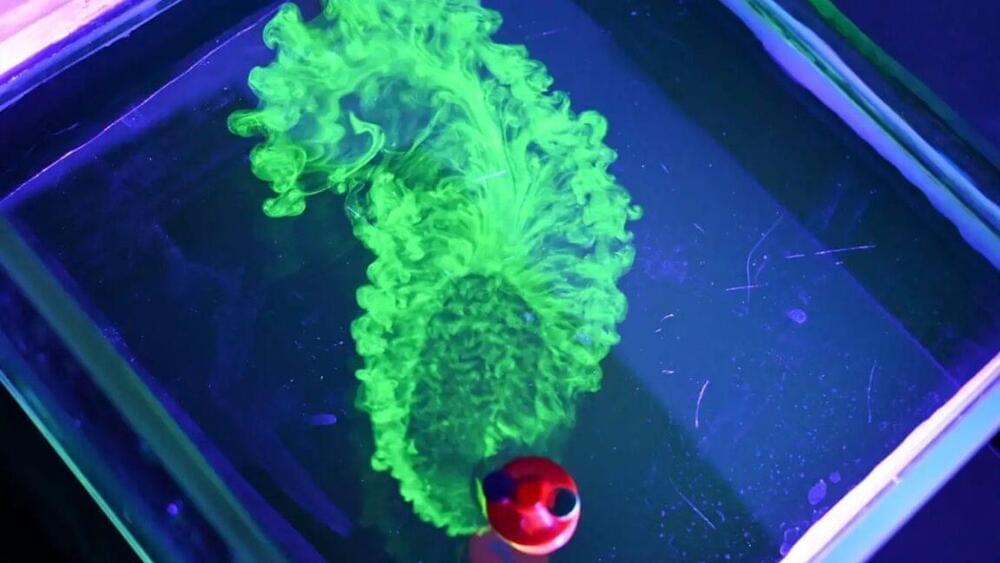“Kepler-51e has an orbit slightly larger than Venus and is just inside the star’s habitable zone, so a lot more could be going on beyond that distance if we take the time to look,” said Dr. Jessica Libby-Roberts.
How many exoplanets are in the cosmos and what can they tell us about planetary formation and evolution? This is what a recent study published in The Astronomical Journal hopes to address as an international team of more than 50 researchers announced the discovery of Kepler-51e, which is the fourth planet residing in the Kepler-51 system. This discovery holds the potential to expand our knowledge of exoplanets, specifically regarding their formation and evolution, as Kepler-51e challenges previous notions about low-density exoplanets, also called “puff planets” or “Super-Puffs”
“Super puff planets are very unusual in that they have very low mass and low density,” said Dr. Jessica Libby-Roberts, who is a Postdoctoral Scholar in the Department of Astronomy and Astrophysics at Penn State University and second author of the study. “The three previously known planets that orbit the star, Kepler-51, are about the size of Saturn but only a few times the mass of Earth, resulting in a density like cotton candy.”
For the discovery, the researchers used NASA’s powerful James Webb Space Telescope (JWST) using a method called transit timing variations, which are caused by other planets in the system tugging on each other, resulting in very slight changes in their orbits. For example, the team noticed that the third planet in the system, Kepler-51d, transited its star two hours earlier than anticipated, indicating the gravity of an unknown fourth planet was tugging on it.








